
Pat McAfee joins ESPN’s ‘College GameDay’ team
Former Indianapolis Colts punter Pat McAfee will make his debut as a full-time “GameDay” cast member on Saturday.

Former Indianapolis Colts punter Pat McAfee will make his debut as a full-time “GameDay” cast member on Saturday.
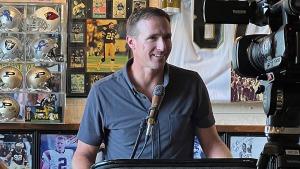
The not-for-profit designed to help Purdue University student-athletes use their name, image and likeness to boost charitable organizations announced Thursday it is expanding its services to all of Purdue’s 385 scholarship student-athletes.
Of the estimated $1.14 billion that will be poured into the pockets of athletes in Year 2, the NIL platform Opendorse predicts nearly half of it will be spent on the gridiron.

NCAA officials sent a letter to its membership Thursday noting its enforcement’s staff pursuit of “potential violations” of the name, image and likeness compensation policy and emphasizing the need for schools to help investigations.

Tannebaum, who has ended a four-year stint at WTHR-TV, will focus on college football played by Clemson, North Carolina State and her alma mater, Florida State.
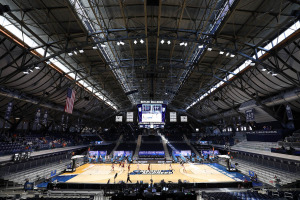
The event will mark the return of postseason basketball to the historic Butler University venue, after it hosted 16 games during the 2021 NCAA men’s basketball tournament.
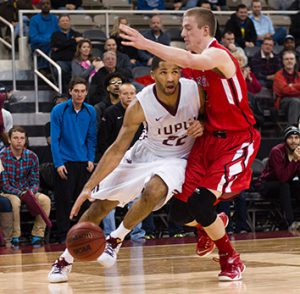
In coordination with Purdue, Indiana University has formed at least nine task forces to tackle various issues related to the realignment of IUPUI—one of which is athletics.
Two people familiar with the negotiations told The Associated Press on Tuesday that the Big Ten was looking for a seven-year deal worth $380 million per year to broadcast its football and basketball games from ESPN, and the network declined.
College sports leaders, including outgoing NCAA President Mark Emmert, have repeatedly called for help from Congress in regulating name, image and likeness compensation.

Big Ten Conference Commissioner Kevin Warren talked Tuesday about the conference being bold and aggressive as college sports goes through a period of sweeping change.
Hobie Billingsley built the Indiana University diving team into a powerhouse, molded a legion of Olympic divers and trained a generation of instructors. Sports Illustrated once declared Billingsley “far and away the best collegiate coach in the country.”
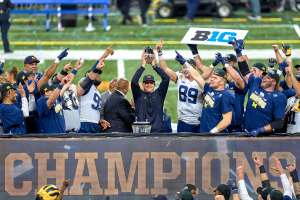
The Big Ten, UCLA and USC are taking the money and running. No, that’s not quite right. Given the distances involved, they’re taking the money and flying.
On its face, two teams from Southern California joining a conference rooted mainly in the U.S. Midwest does not make sense. But geography and natural rivals mean little in the grand scheme of conference realignment. Money does.
The first year of the NIL era in college sports evolved into almost everything the NCAA didn’t want when it gave the green light for athletes to cash in on their celebrity. Industry experts say something must be done to keep college sports from going off the rails.

The expansion to 16 teams will happen after the Pacific-12 Conference’s current media rights contracts with Fox and ESPN expire, and make the Big Ten the first college sports conference to stretch from the Atlantic to the Pacific.
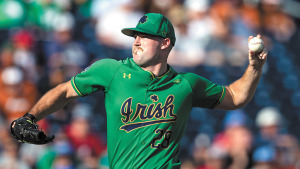
Here’s the thing about the College World Series and Indiana teams: It’s not just a mountain to climb, it’s Everest.
Men’s programs received more than double that of women’s programs in allocated resources in 2020–and that gap was even more pronounced when looking at home of the most profitable revenue-generating sports.
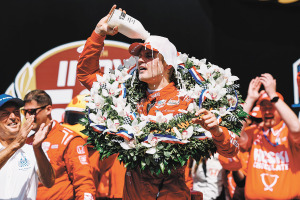
Sports are most interesting when you witness things unexpected or rarely seen, and do you realize how many of those just happened?
A survey of college athletes by the Indianapolis-based NCAA suggests that rates of mental exhaustion, anxiety and depression remain as much as twice as high as pre-pandemic levels, but feelings of hopelessness have improved.
The Indianapolis-based NCAA lifted most of its rules barring athletes from earning money from sponsorship and endorsement deals last July, but there are concerns among many in college sports that NIL deals are being used to as recruiting inducements and de facto pay-for-play.